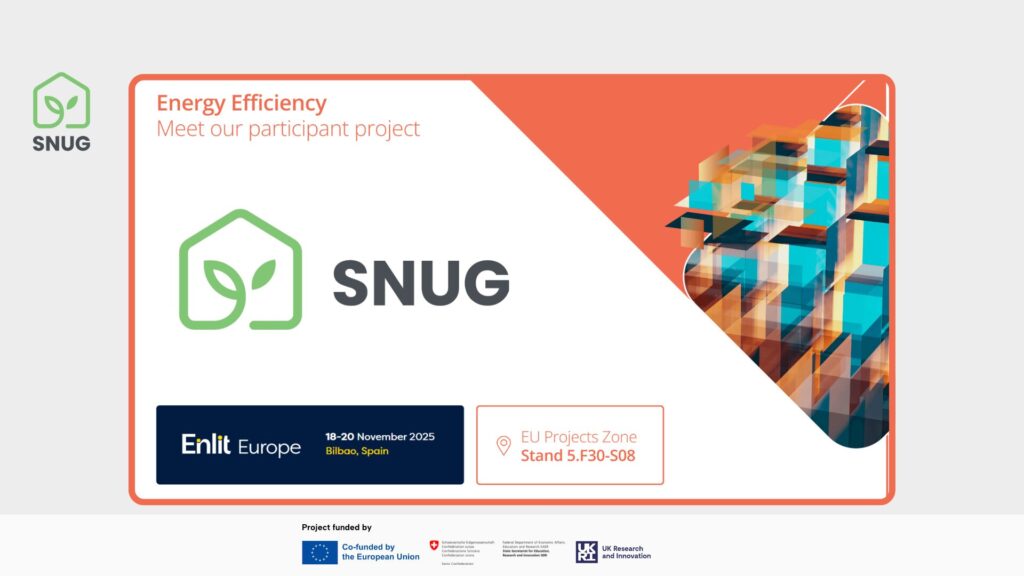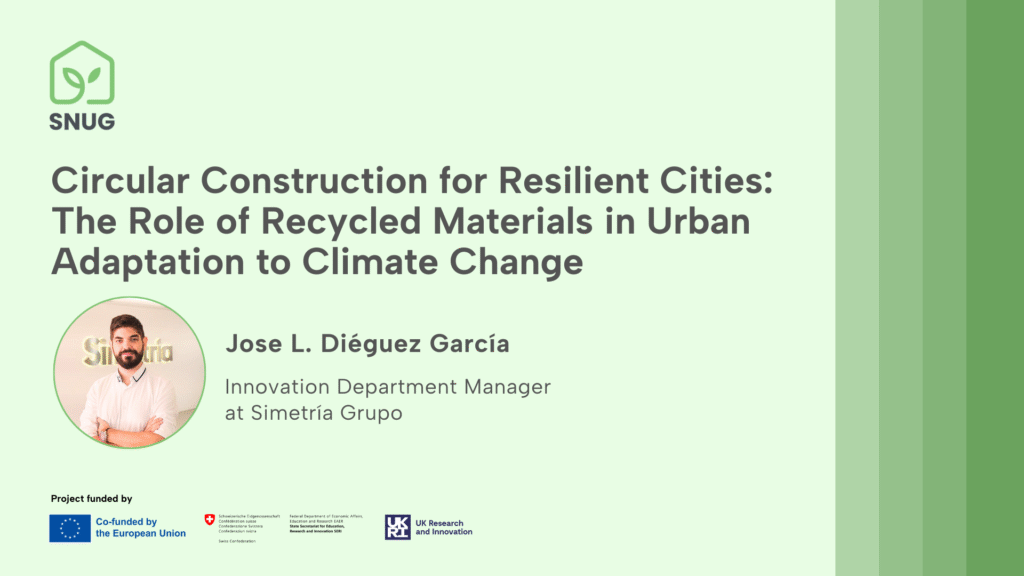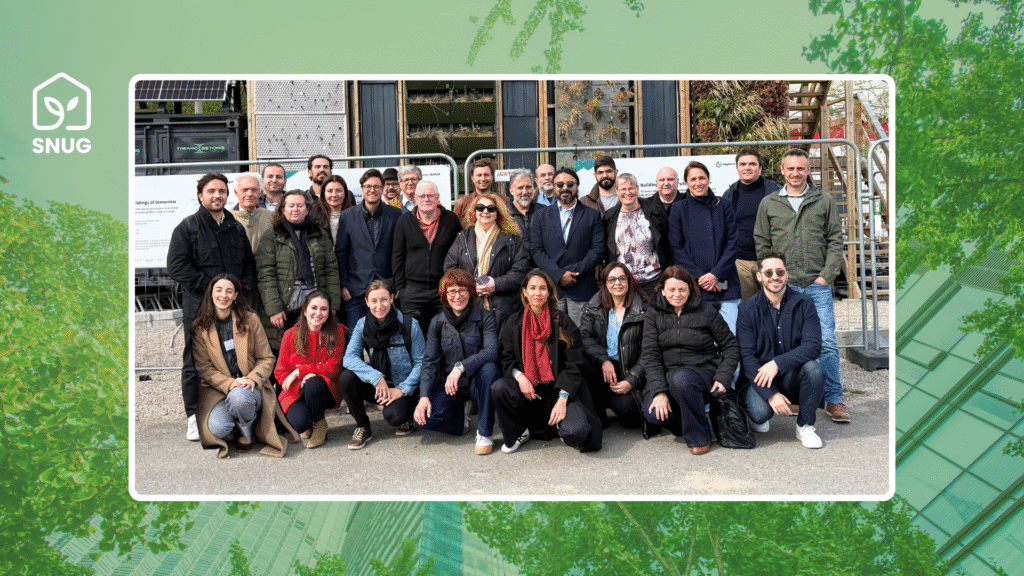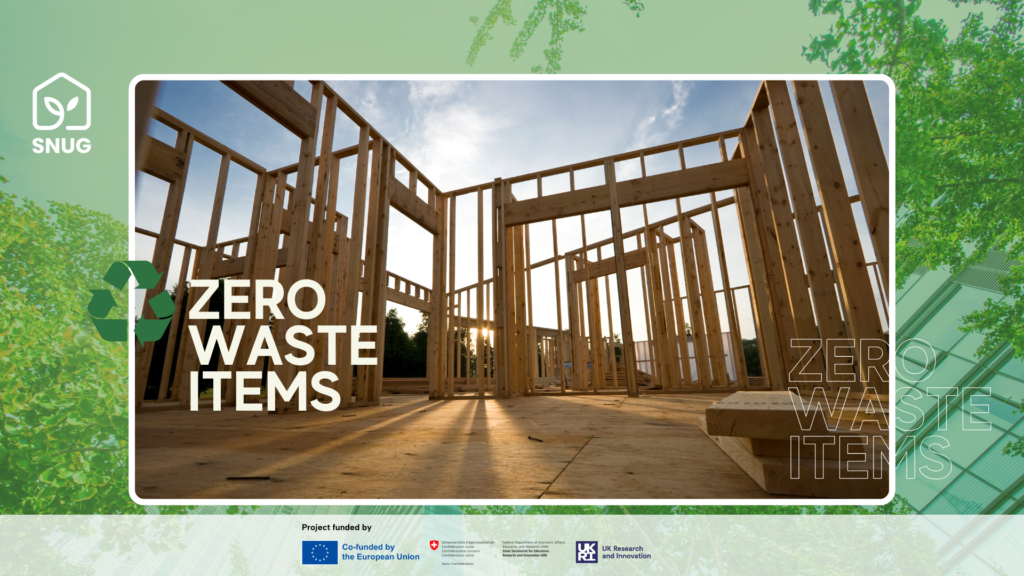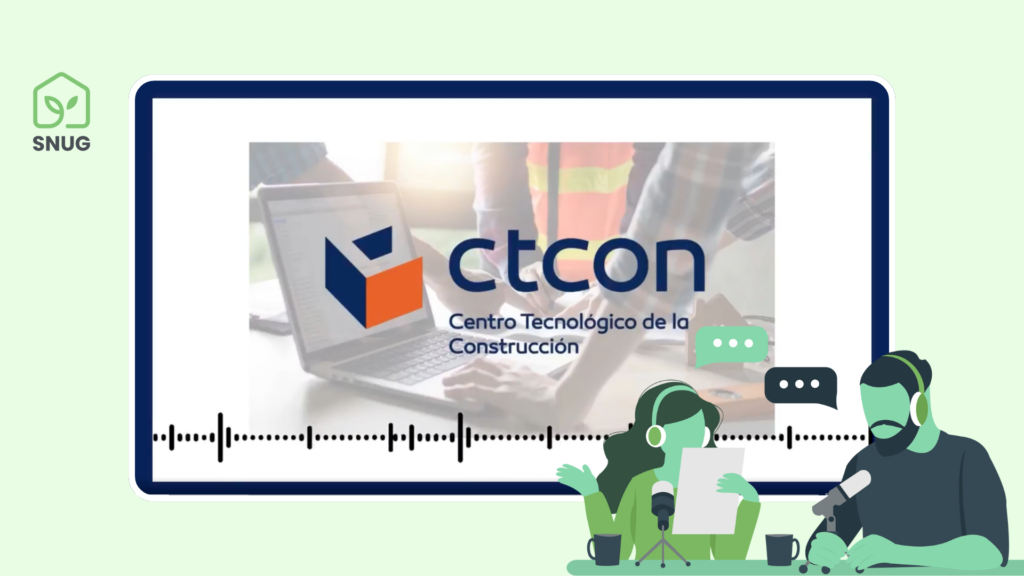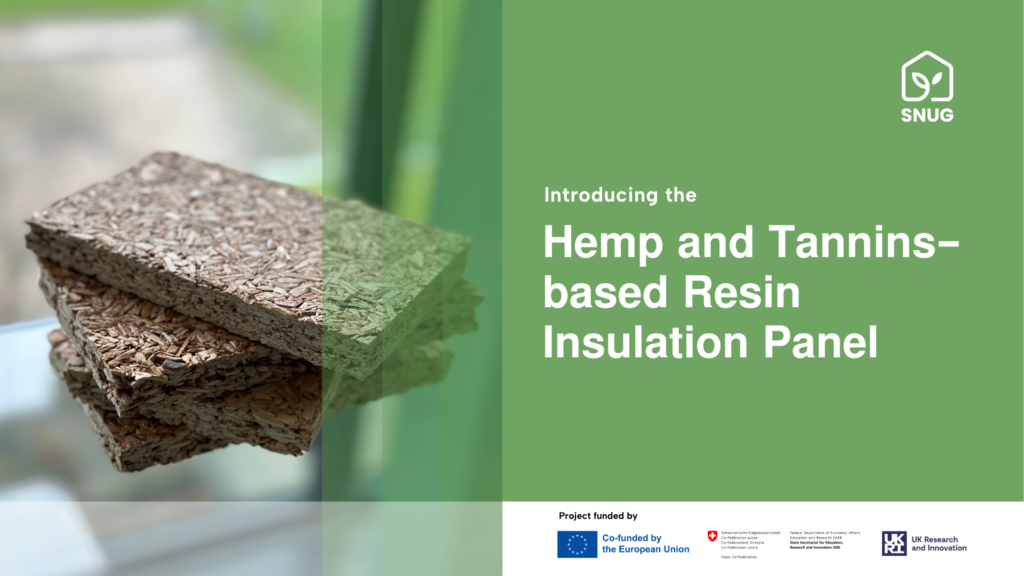The Twin Transition in Practice: Educating Engineers for a Climate-Neutral Future
How Research and Teaching Intersect at Østfold University College
As Europe accelerates its path toward climate neutrality, the concept of the Twin Transition – the simultaneous advancement of digitalization and sustainability – has evolved from a policy ambition into a call to action. At Østfold University College, our involvement in projects like SNUG reflects this shift. We are embedding these themes into our teaching and research to ensure our academic work remains relevant, impactful, and transformative.
In Norway, this transition is particularly urgent. Despite strong environmental ambitions, the country faces a significant competence gap in engineering disciplines, especially in areas related to sustainable construction, digital tools, and systems thinking. The building sector is under pressure to decarbonize, yet many companies struggle to find professionals with the right mix of technical expertise and sustainability awareness. This gap threatens to slow progress toward European Green Deal targets and highlights the need for stronger links between education, research, and industry.
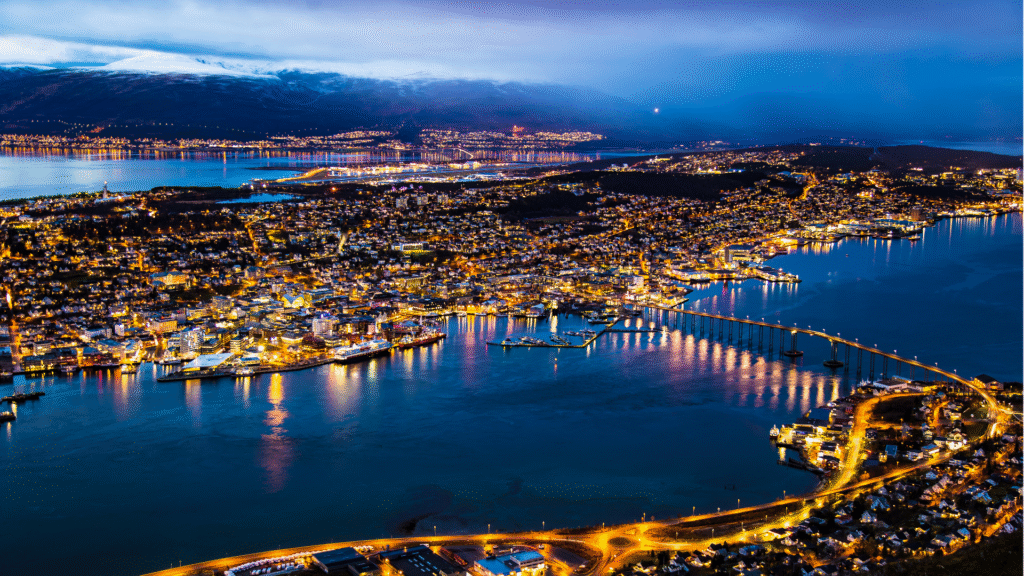
SNUG: A Systemic Solution and Living Lab
This is where SNUG project becomes especially meaningful. As a Horizon Europe project, SNUG demonstrates how digital tools and sustainable materials can work together to address one of Europe’s most pressing challenges: the decarbonization of the building sector. The urgency is clear – globally, the sector accounted for 12 GtCO₂-equivalent emissions in 2019, representing 21% of total greenhouse gas emissions. Of these, 57% came from electricity and heat production, and 24% from on-site fossil fuel use. By 2021, emissions from building operations reached an all-time high of around 10 GtCO₂, showing that despite efficiency gains, the sector remains off track to meet the Paris Agreement goals. Buildings also consume over one-third of final energy globally, with residential buildings responsible for 70% of that demand. Electricity use alone accounts for more than 18% of global consumption.
In response to these challenges, SNUG exemplifies the kind of systemic innovation the Twin Transition demands. By developing bio-based insulation materials from local waste streams and integrating them with AI-powered decision-making tools, the project offers a holistic approach to sustainability. Its focus on retrofitting existing buildings adds complexity and relevance, reminding us that sustainability is not only about new technologies but also about respecting context, culture, and community.
These values are deeply embedded in our educational approach at Østfold University College, where we strive to connect technical knowledge with societal impact. This is reflected across our programs, including our PhD in Digitalization and Society, where doctoral candidates explore how digital technologies can support sustainable transitions. SNUG provides a rich context for these investigations, serving as a living lab for systems thinking and applied research.
SNUG has also become a bridge between research and education at the bachelor and master levels. It enriches our teaching by offering real-world case studies that illustrate the complexity of engineering problems in the built environment. Students engage with data and tools that allow them to simulate scenarios and test solutions, gaining hands-on experience with the same challenges our industry partners face.
One of SNUG’s most powerful contributions comes through its demonstration cases. These are real-life laboratories where sustainable solutions are tested and validated across different building typologies – from residential to public and cultural heritage buildings – and in diverse European climates. This geographical and architectural diversity allows us to compare how bio-based insulation materials and digital decision-support tools perform under varying environmental, regulatory, and cultural conditions. For industry partners, these demos provide a tangible way to assess feasibility and scalability. For students and researchers, they offer immersive learning environments where theory meets practice and where the complexity of the Twin Transition becomes visible and actionable.
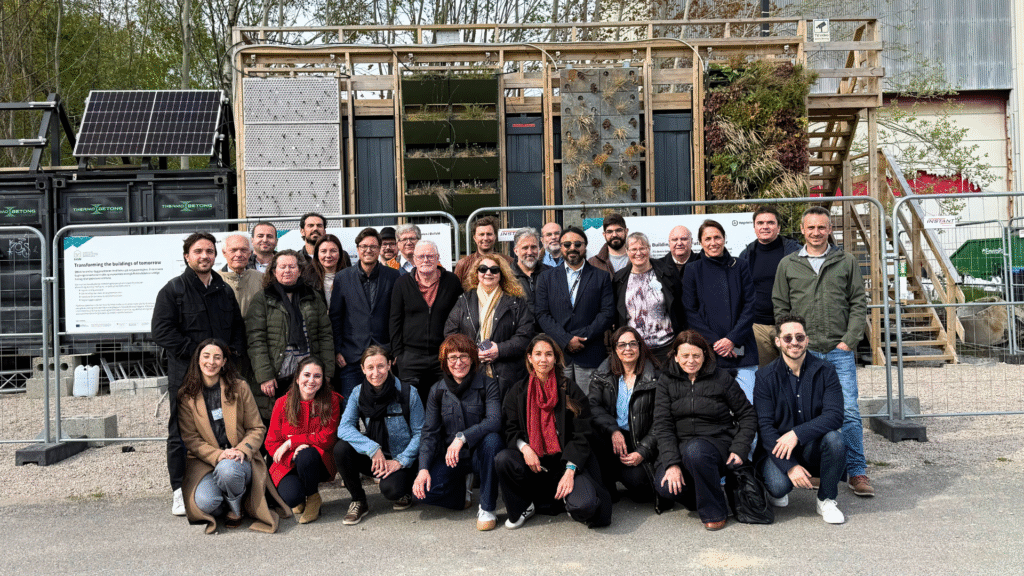
Co-creating the Future Through Collaboration
The Twin Transition cannot be achieved by one sector alone. It requires deep collaboration between academia, industry, and public institutions. Industry, in particular, is under increasing pressure to meet the ambitious targets of the European Green Deal – reducing emissions, improving resource efficiency, and transitioning to circular business models. These goals demand not only technological innovation but also new ways of thinking and working.
This is where projects like SNUG play a critical role. By partnering with industry stakeholders, SNUG helps accelerate the adoption of sustainable practices and digital tools in the building sector. Our collaboration with companies working on bio-based materials, AI-driven design tools, and retrofitting strategies enables them to test and refine solutions in real-world contexts. It also creates valuable feedback loops between research and practice, ensuring that innovations are both technically viable and socially relevant.
Through SNUG, we are not only generating knowledge – we are co-creating pathways for industry to meet climate targets. This collaboration also enriches our academic environment, offering students and PhD candidates direct exposure to the challenges and opportunities of the Twin Transition. By embedding projects like SNUG into our educational and research frameworks, we empower the next generation not only to imagine a climate-neutral future – but to build it, in partnership with those already shaping it.
Download full article in pdf here.

